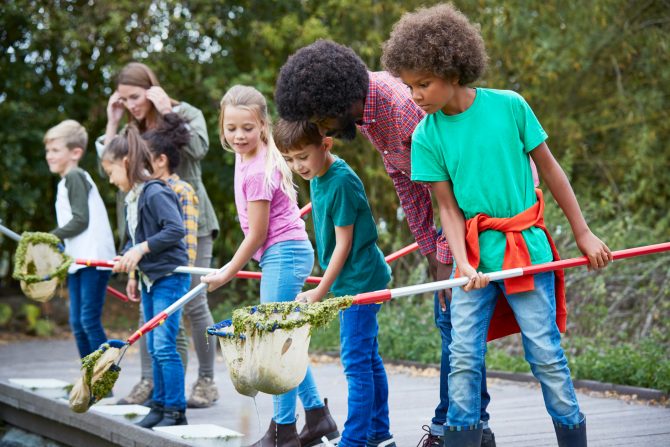 Boom!
Boom!
One morning, the old wooden dam on the Rappahannock River went up, opens a new window in clouds of smoke. It was a huge thing—ancient and strong, built in layers to tame the river so that the power of the water pushing against it could provide electricity for the town. But it had been years since anyone tapped that power. Now, the dam was falling apart, and it was decided that it had become dangerous. So the Army Corps of Engineers blew it up one morning, and the river was flowing freely again—just as it had in previous centuries. By getting rid of the dam, the river had a chance to go back to being more like it once was. There would be more fish, which would mean more birds, and, really more of everything.
Years ago, when the dam went up and water stopped flowing, the creatures that depended on it for a living were affected. Some fish couldn’t make a go of it and migrated to other waters or died.
The Rappahannock has been coming back, but it isn’t completely safe from other problems. When people get rid of the trees that grow near the river so they can have a nicer view, they take away important tree roots that act as a frame to keep the soil from washing away downstream.
A Developing Problem
It's more than the land right next to the river that affects a river's ecology. When builders create huge parking lots or roads near a river, oil leaking from cars and other pollution can become part of the stormwater runoff, opens a new window that flows into the rivers, messing up their ecosystems. Roads and parking lots are usually paved with asphalt. Asphalt is impermeable, opens a new window,which means that rainwater falling on asphalt can not sink into the ground. The water flows straight off of it and usually finds its way to the river, carrying oil from the road along with it.
Two things can help prevent this: retention basins and alternative paving. Both keep the water closer to the paved area and further away from the river. Retention basins gather the runoff in one spot so the oil and other pollutants can separate out and then be removed. Alternative paving lets the water seep into the ground because it’s made to be permeable (lets the water pass through it). Some kinds of alternative paving are made from recycled tire treads, bricks, stones (with gaps in between), and special paving blocks.
How to Help the River
You may not be able to build better parking lots yourself, but there are a lot of things everyone can do to make the local river healthier:
- Use water-based paints, biodegradable (phosphate-free, opens a new window) soaps, and other cleaning products that aren’t hazardous: orange cleaners, baking soda, vinegar, and elbow grease!
- Use natural pest controls instead of insecticides in gardens. For instance, pick or wash off pests; plant lots of flowers and herbs to attract “beneficial” insects.
- Use compost and other organic matter in gardens rather than synthetic fertilizers.
- Don’t dump motor oil in the sink or down the storm drain; take it to be recycled.
- Use a scooper to pick up pet waste.
- Use cars by yourself less. Walk, bicycle, take the bus, or share a ride more.
- Don’t waste water. Take shorter showers. You can also grow native plants that don't need so much water. Stop leaks around your house promptly, and use buckets rather than hoses at car washes.
- Locally, the Friends of the Rappahannock, opens a new window sponsors opportunities to help clean up the Rappahannock River and enjoy its natural beauty.
Learn More About Rivers in the Library
If you have a CRRL library card, you can request that these books be held for you. Don't live in our area? Check with your home library for these and other books about rivers. If you understand how river systems work, you can understand how to help them and not harm them.
Learn how river systems work and how you can help protect our local rivers and streams. This list includes resources for both younger and older students.

